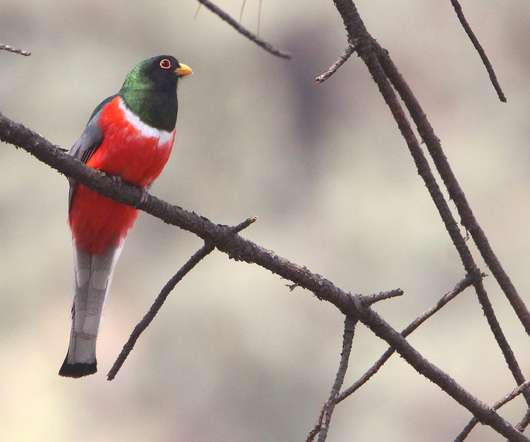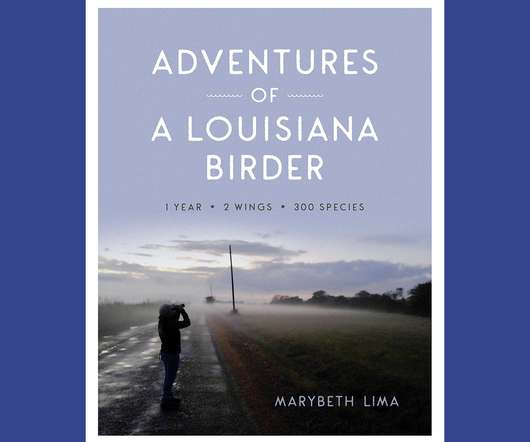For the Love of Trogons
10,000 Birds
JUNE 16, 2021
The Trogon family (and order, since the order only includes one family) is quite widespread, being found in all the tropical (and some subtropical) regions of the world. Here in the highlands of central Mexico, we can see (rather easily, as I mentioned above) two trogons: the Mountain Trogon , and the Elegant Trogon.












Let's personalize your content